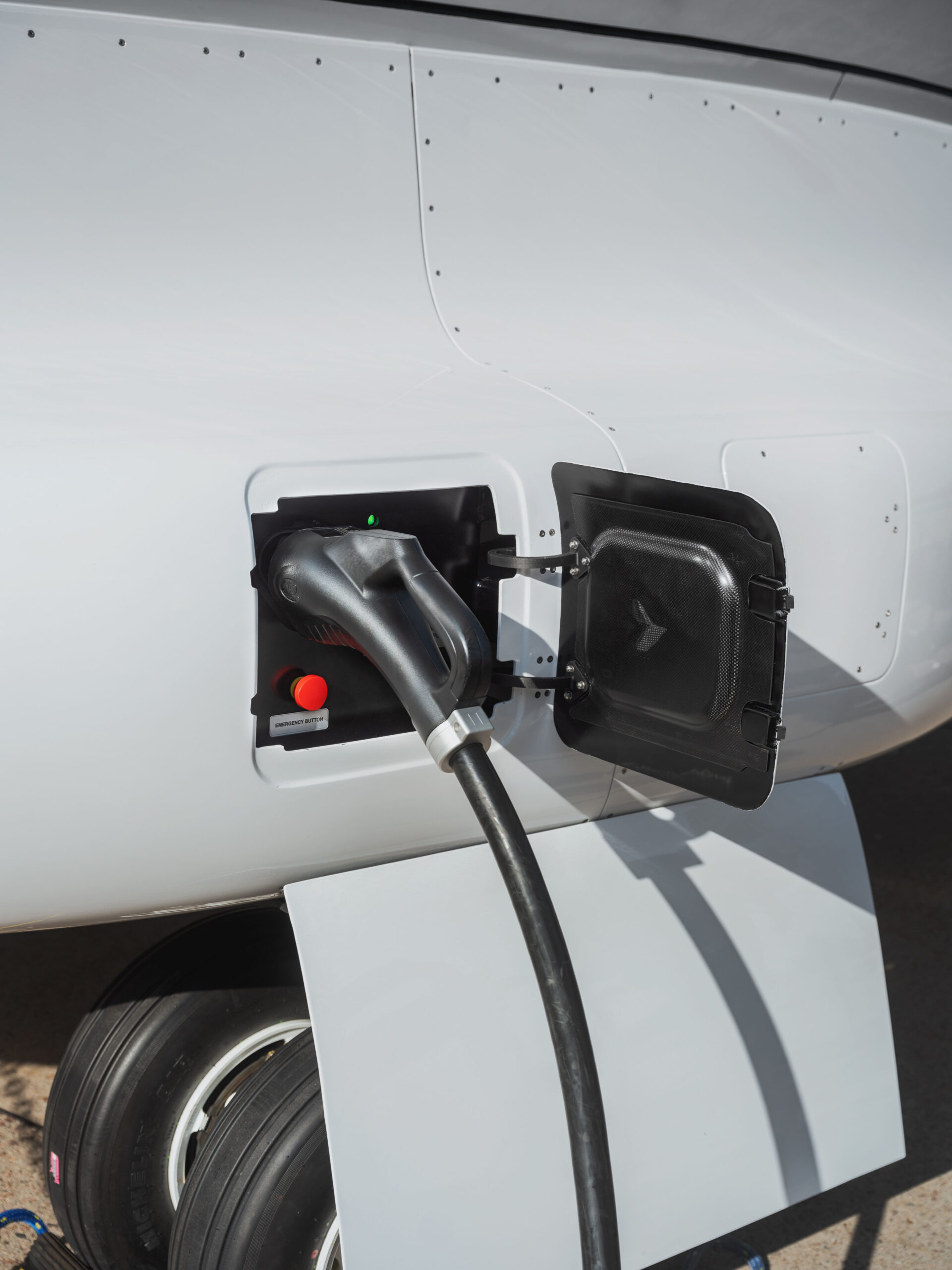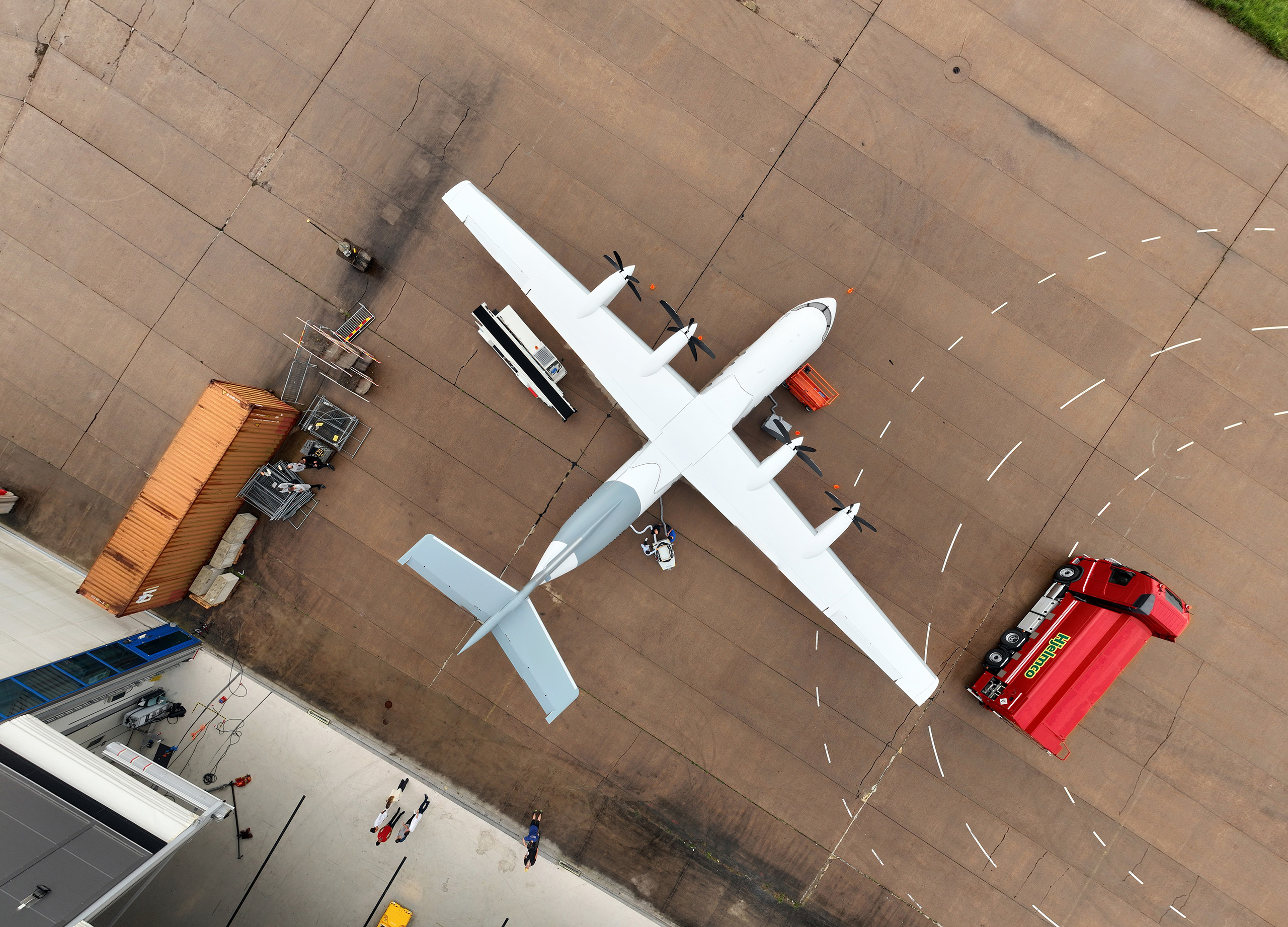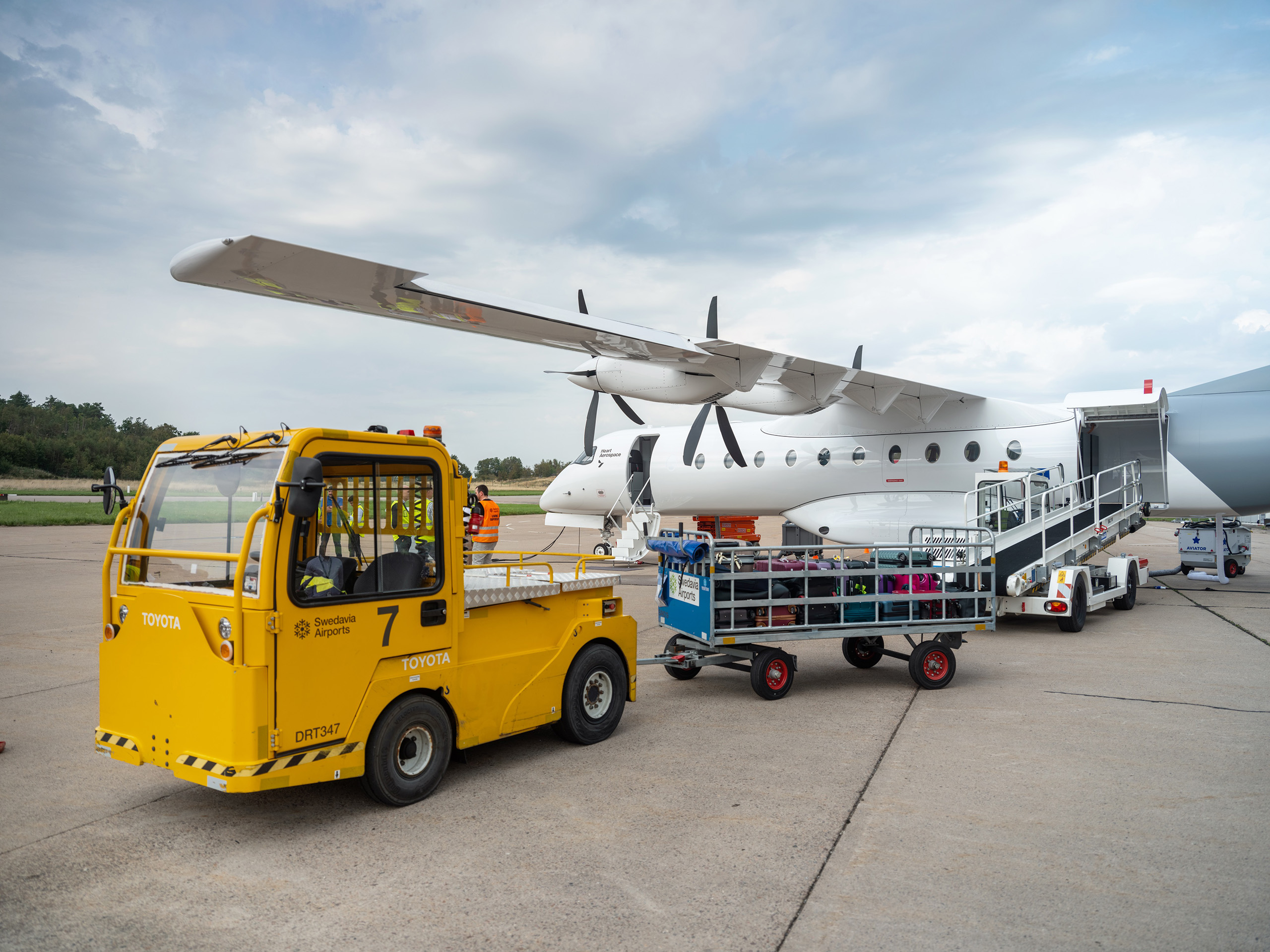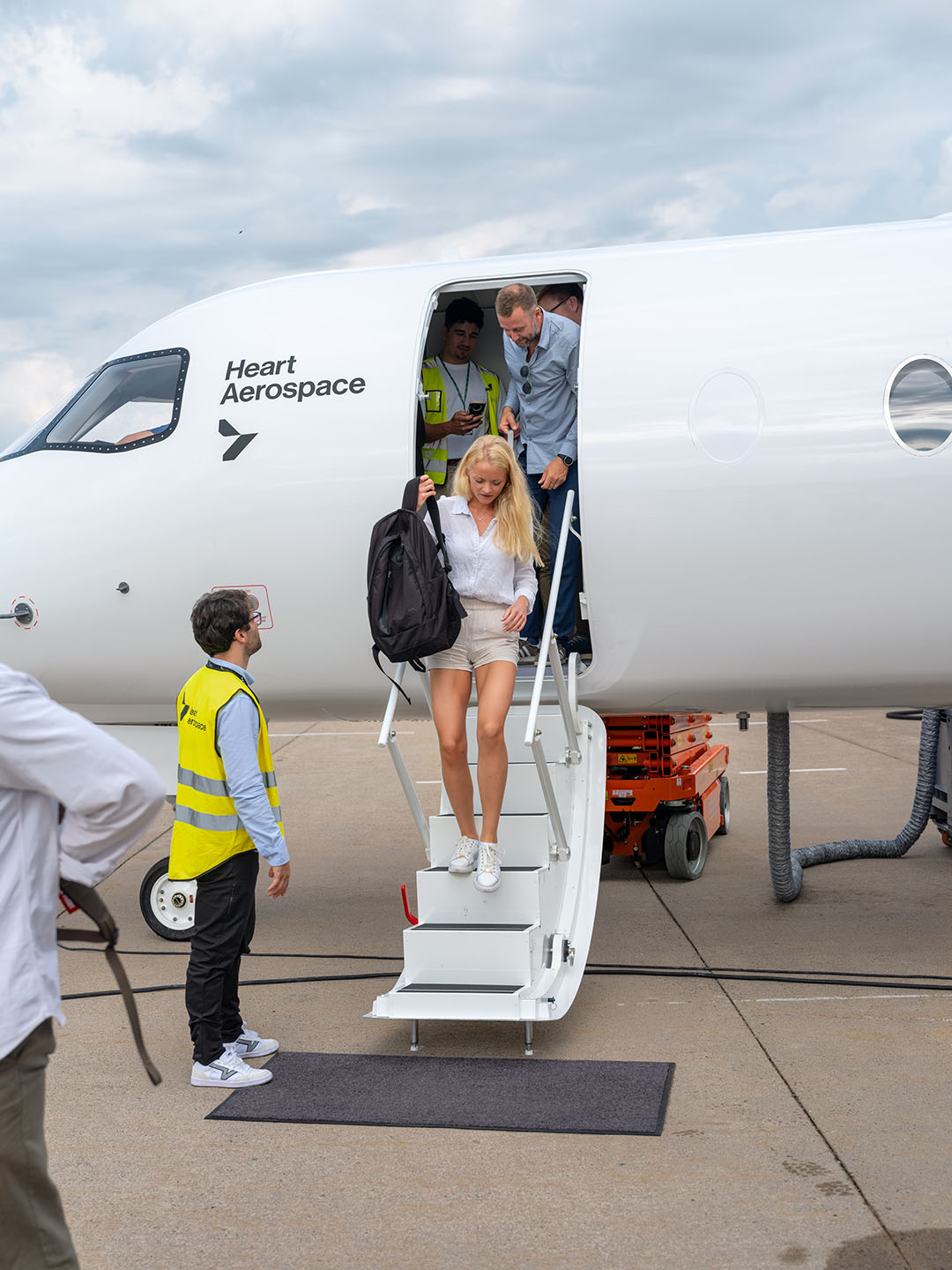Aviation plays a significant role in climate change, accounting for 2% of global CO2 emissions and 3.7% of emissions within the EU.
To achieve sustainable regional and global air connectivity, emissions must be reduced through a combination of technological innovations, more efficient flights, and new energy sources.
Electrification of aviation is a key strategy to meet the aviation sector’s global goals by 2050. Electric aircraft can enhance accessibility to remote regions, expanding opportunities for work and living in areas that were previously difficult to reach. This, in turn, will support job creation and regional development. Companies like Heart Aerospace, along with the emerging electric aircraft industry, have the potential to create a significant number of highly skilled jobs in the coming years.
Currently, 80% of the world’s population has never flown. In the Nordic region, all the elements to become a leader in sustainable aviation are in place: renewable energy, ambitious sustainability targets, and a growing electric aviation sector.
Due to the region’s geography, aviation is essential for both domestic and international travel. Similar geographical challenges are seen in countries like Indonesia, New Zealand, and the Philippines.
The Nordic region’s needs and capabilities could pave the way for zero-emission aviation solutions, which could be exported to other parts of the world where aviation is just beginning to emerge as a mode of transportation.
This would allow developing aviation markets to bypass fossil-fuel-based air travel, potentially reducing future emissions from the aviation industry. It would also provide these regions with the same economic opportunities and job growth that established aviation markets enjoy.
In today’s globalized world, aviation has shifted from a luxury to a necessity. Therefore, we must find ways to reduce or eliminate aviation emissions, with electric aviation being one of the key solutions.




Regional airports, airlines and aircraft manufacturers are struggling. In Sweden there are close to 30 regional airports with scheduled passenger traffic. All but one operates at a loss, requiring public subsidies to retain a critical transport service.
Regional airlines operate ‘short-thin’ routes today with legacy aircraft, and often under severe economic challenges. However, regional air travel is on the cusp of a transformation, enabled by breakthrough technology improvements in electric drivetrain and battery systems.
The value proposition of electric aircraft stems from the scale-free economics of electric propulsion, which can operate efficiently at small scale and over short distances.
The disruptive economics of electric aircraft will enable financially viable regional air transport to be re-established to take advantage of the EU’s vast stock of general airports that are dormant or under-used today.
Regional electric aircraft will enable airlines to grow new routes and establish new markets, while positively impacting the value and growth of the mainline operations by acting as ‘feeders’ to their primary operating hubs.
This will eventually lead to a complete redesign of air travel from hub and spoke to a distributed network that includes under-serviced communities. This transformation will generate broad social and economic benefits including increased regional trade, employment, access to services and higher land values.
Establishing such a structure in Sweden, will be the first step towards international impact. The electric airplanes and how to operate them profitably will act as a blueprint that can be exported to the rest of the world. The project as such provides a steppingstone towards electric aviation in Sweden.
Specifically, the benefits for Sweden, and the actors in the consortium are:
Benefits for Sweden
- Act as a steppingstone for all partners to participate in large-scale EU-projects (for example testbed for Clean Aviation projects)
- Faster export of electric airplanes
- Increased international investments in Swedish industries
- Increased domestic knowledge in electric airplane operations to facilitate the transition to electric regional aviation. Sweden can act as a guiding example to other parts of the world.
- The technology enables connectivity for regions and decrease boundaries within Sweden. This strengthens exchange of knowledge, people, and goods, and creates a strong cross regional collaboration. This leads to a stronger, connected, Sweden that increases international impact.
Benefit for developers (Heart and Northvolt):
- Increased knowledge of aircraft performance in terms of taxiing and charging early
- Early discovery of issues to maximize utilization of flying prototypes
- Demonstration of high-power density batteries to investors and suppliers
Benefit for airlines (SAS and BRA):
- Better prepared to operate electric aircraft through building knowledge in operational personnel.
Benefits for airports (Swedavia and beyond):
- Increased knowledge through tangible demonstration



We have result goals on both innovation and innovation capability.
These goals have the ambition to affect both short-term and long-term goals. By the end of the project, we expect to have (1) a full-scale aircraft body. We will quantify the effect by assessing the contribution on the maturity of the ES-30 design.
The (2) proof-of-concept aircraft battery with high energy density will be assessed in terms of how well it fulfills the energy requirements for aviation. We will measure the maturity of the solution according to the TRL scale.
The (3) test for user acceptance and testing of charging and taxiing will be assessed through extensive engagement with airlines and airports. We will measure user experience, and the aircraft design’s fit for diverse uses through extensive user studies with representative selection of pilots, crew and passengers. We will also test the ground operations and turnaround procedure.
The (4) demonstration effect will be measured through the number of engaged actors, including media coverage.
There are three goals on increased innovation capability:
1. New and improved alliances and partnerships will be measured through number of signed suppliers, number of orders, number of LoIs and number of engaged airports.
2. Improved ability to innovate across the electrification ecosystem will be measured by the number of technologies transferred from other businesses, like automotive, into aerospace, as well as number of signed suppliers from other businesses.
3. Increased customer involvement and demand will be measured by the number of users (pilots, crew, passengers, ground personnel) that are familiar with electric aircraft, as well as number of LoIs and orders for ES-30.